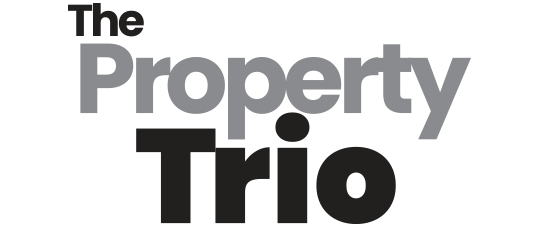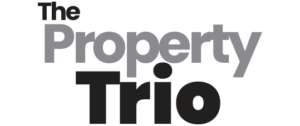Ep. 304: How to Increase Borrowing Capacity – Strategies to Maximise Your Property Budget, Refinance, Access Equity & Grow Wealth
0.54 – Cate kicks off the episode: how to increase borrowing capacity!
3.01 – How do lenders actually calculate borrowing capacity?
9.02 – Lender policy varies between every single lenders – Dave talks through lender niches and sensitivities
15.24 – When did things get so challenging with declaring living expenses, and why?
19.07 – Dave walks the listeners through the various categories that borrowers have to detail in their living expenses
26.28 – Understanding HEM (Household Expenditure Measure) and where some discretionary expenses sit
28.55 – Dave shares some great examples of the fiscal impact of cutting back on discretionary spending
36.40 – Gold Nuggets!
In this episode, Cate and Dave dive into a topic that’s top of mind for many aspiring homeowners and investors—how to increase borrowing capacity. Whether you’re buying your first property, refinancing, or growing a portfolio, understanding what affects your borrowing power can help you make smarter decisions. Being aware of how banks consider the various elements of each applicant’s scenario will enable you to plan your future decisions alongside your strategic mortgage broker with more clarity.
In today’s show, the Duo will cover:
- How Lenders Assess Borrowing Capacity: Dave explains that borrowing capacity isn’t just about your income—it’s about how you structure your finances, manage debts, and work with a strategic mortgage broker. Income is assessed post-tax, with potential reductions (shading) applied to bonuses, rental income, and commissions. Even with online calculators, complexity with income means real results can differ widely.
- Impact of Existing Debts: Lenders assess credit cards, personal loans, car leases, HECS, and child support (to name a few). Importantly, they apply a buffer rate of +3% on current and proposed loans to ensure you can cope with future rate rises.
- Lender Policy: Every lender has different rules. Some are more generous with specific incomes or professions. Dave stresses that understanding lender policy requires an intimate understanding of the various lender’s offerings and requirements—it’s complex and ever-changing. A good, strategic mortgage broker can tailor strategies across more than forty lenders to improve outcomes and enable their clients to reach their purchasing and money goal effectively. “The key is knowing where the levers are”, says Dave.
- Living Expenses: A major focus that Dave shares with us is the deep scrutiny on personal spending, especially since the Banking Royal Commission. Lenders no longer rely solely on HEM (Household Expenditure Measure); instead, they require detailed breakdowns across 15 expense categories—from groceries and utilities to insurance, childcare, and entertainment. Cate and Dave delve into these segments in detail in this show.
- Practical Ways to Improve Capacity: Trimming even $500–$1,000 in monthly expenses can significantly boost how much you can borrow. Dave shares insights into how lenders assess discretionary vs non-discretionary expenses and what can realistically be cut if needed—highlighted by the now-famous “Wagyu and Shiraz” court ruling.
- HEM Benchmarks: While no longer dominant, HEM (Household Expenditure Measure) still plays an important role. If your declared expenses are much higher, borrowing power can be significantly impacted. If they’re lower but justified, some lenders may accept your declared living expenses. Being familiar with the information that lenders scrutinise helps borrowers understand what influences lender’s decisions around borrowing capacity.
Understanding borrowing capacity is more than numbers—it’s strategy. Stay tuned for future episodes covering additional tactics to boost borrowing power and make the most of your financial potential.
…. and our gold nuggets!
Dave Johnston’s gold nugget: having a conversation with your strategic mortgage broker about your goals, timing and opportunities to improve your circumstances and to make your goals achievable. “One element you can control is reducing your living expenses.”
Cate Bakos’s gold nugget: “I would implore anyone to identify a good mortgage broker and see what they can produce for you.” From understanding loan options to getting a tailored solution applicable to your scenario – most people don’t understand how complex their scenario could be to lenders.
Related episodes:
Ep. 30 Money Management – 7 steps to success
Ep. 34 No mortgage strategy – No.4 of the top 7 Critical Mistakes
Ep. 191 Risk management and the things that can go wrong when mortgage strategy is ineffective
Upcoming Ep. 305 – March Market Update


